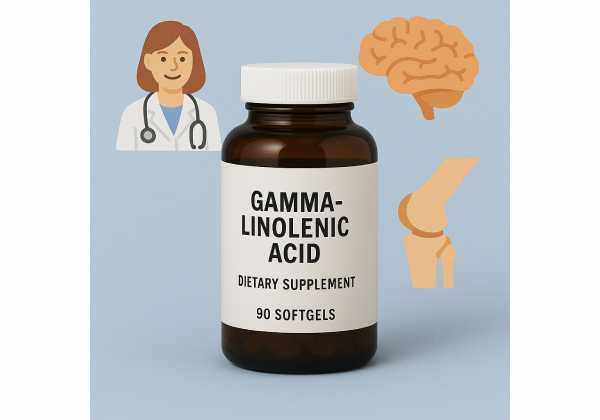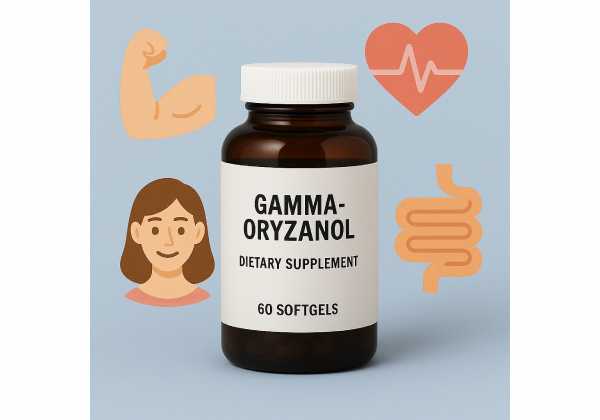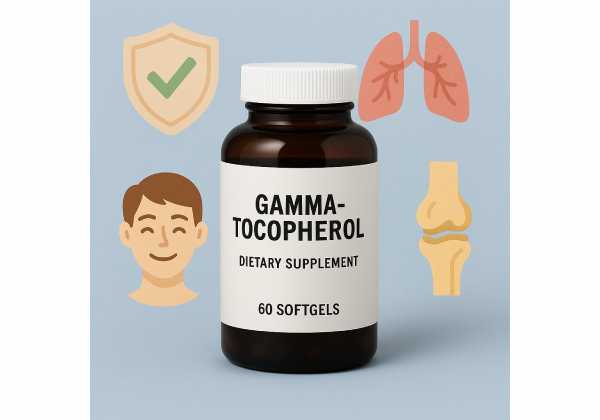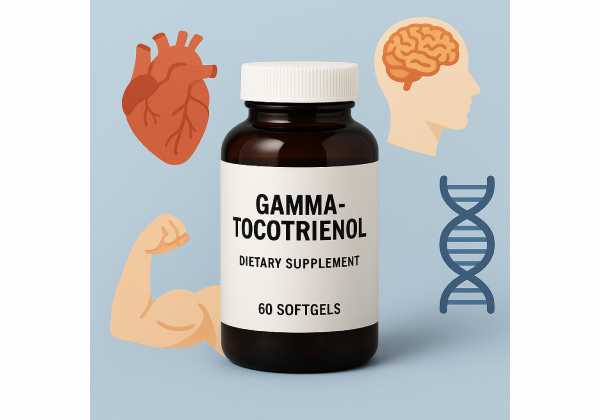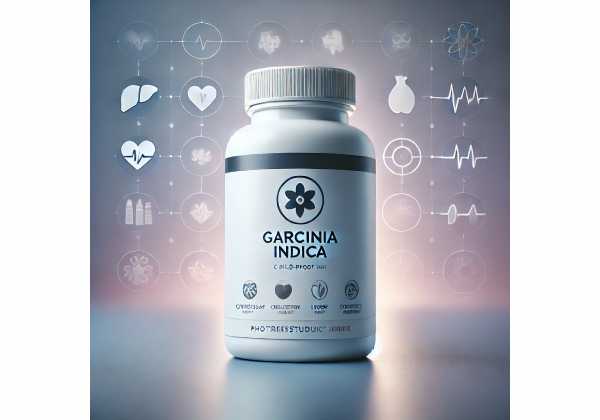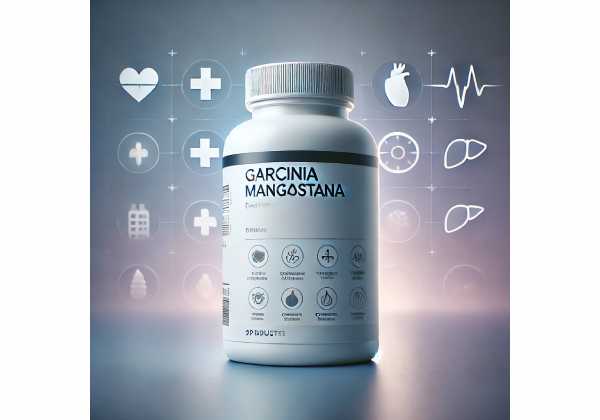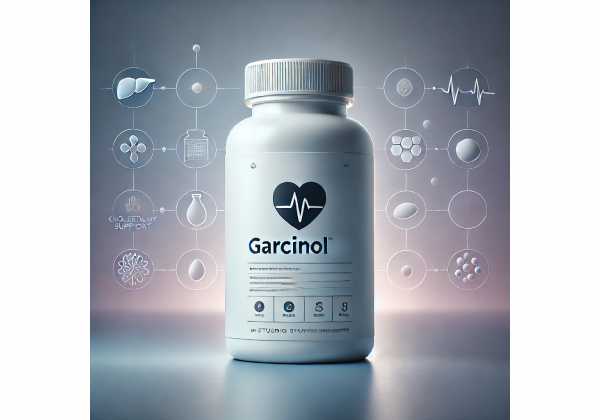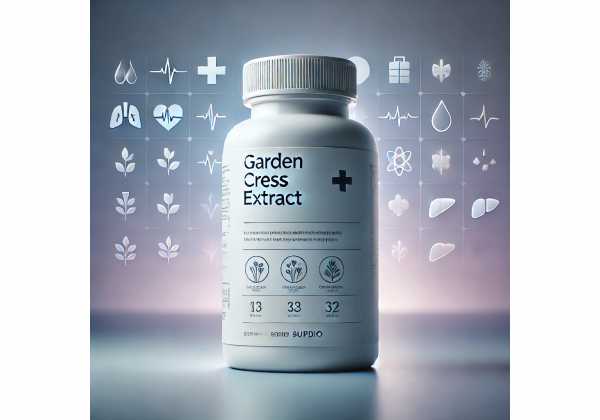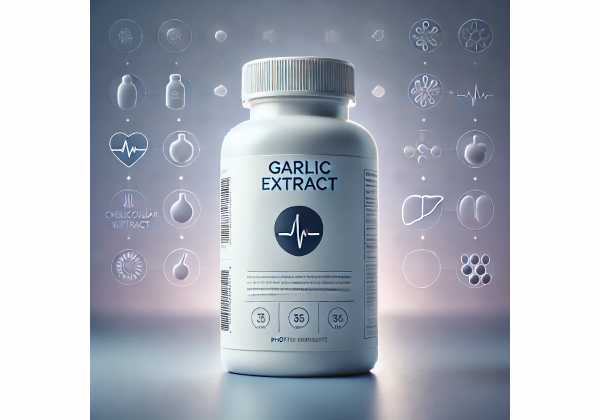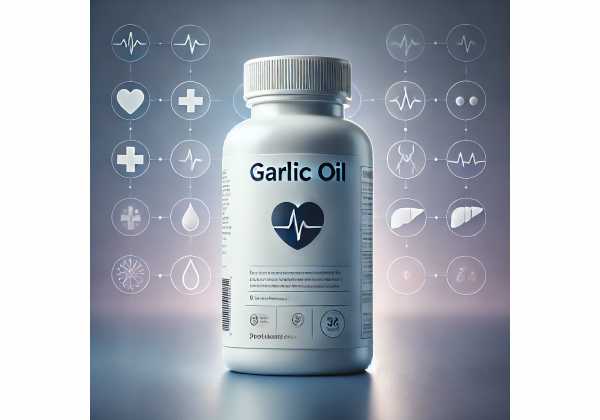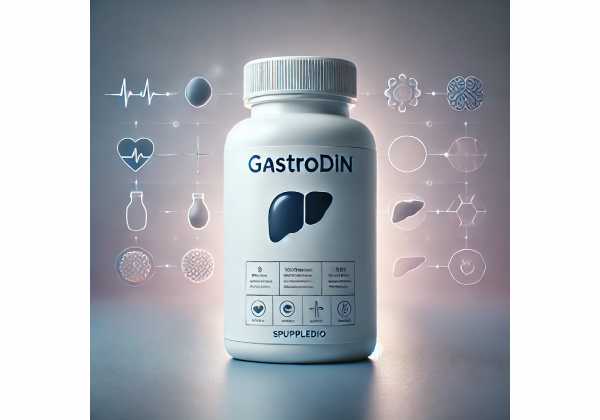Gamma-linolenic acid: What It Does, Evidence for Skin and Joint Health, Dosage Ranges, and Side Effects
Gamma-linolenic acid (GLA) is a plant-derived omega-6 fatty acid found in borage seed, evening primrose, and black currant seed oils. In the body, GLA converts to dihomo-gamma-linolenic acid (DGLA), a precursor to anti-inflammatory eicosanoids such as prostaglandin E1. That biology explains why GLA is marketed for skin comfort, joint health, and women’s health concerns. The real picture is more...
Gamma-oryzanol: Uses, Proven Benefits, Best Dosage, and Side Effects
Gamma-oryzanol is a group of antioxidant compounds naturally concentrated in rice bran oil. It has drawn interest for cardiovascular support, metabolic health, and midlife symptom relief, along with long-standing (and often overstated) claims in sports nutrition. In this guide, you will learn what gamma-oryzanol is, how it works, what the human studies actually show, how to use it wisely,...
Gamma-tocopherol: What It Is, Research-Backed Benefits, How Much to Take, and Risks
Gamma-tocopherol is a major dietary form of vitamin E found in many everyday foods, especially soybean, canola, and corn oils, as well as certain nuts and seeds. Unlike alpha-tocopherol—the form used to set recommended intakes—gamma-tocopherol has unique chemistry that helps trap reactive nitrogen species formed during inflammation. Interest has grown around whether this form supports respiratory health, offsets oxidative...
Gamma-tocotrienol: How It Works, Clinical Benefits, Dosage Ranges, and Side Effects
Gamma-tocotrienol (γ-T3) is one of the eight compounds in the vitamin E family. While alpha-tocopherol gets most of the spotlight, tocotrienols—especially the gamma and delta forms—have distinct properties that set them apart. They anchor more evenly in lipid membranes, modulate the mevalonate pathway involved in cholesterol synthesis, and influence inflammatory signaling. Early human trials and several recent systematic reviews...
GanedenBC30: What It Is, Proven Benefits for Protein and Gut Health, How to Take It, and Safety
GanedenBC30 is a branded probiotic strain scientifically designated as Bacillus coagulans GBI-30, 6086 (also referenced in updated taxonomy as Heyndrickxia/Weizmannia coagulans). Unlike many probiotics, it’s a hardy spore-former that survives heat, stomach acid, and food processing, allowing it to reach the intestine alive. Research has explored potential benefits for everyday digestive comfort, nutrient utilization (especially protein absorption), and recovery...
Ganoderma lucidum: What It Is, Proven Benefits, Best Forms, Dosage, and Risks
Ganoderma lucidum—also called reishi or lingzhi—is one of the most studied medicinal mushrooms. It is rich in polysaccharides (notably beta-glucans) and triterpenes that may help modulate immune activity, support resilience to stress, and influence markers tied to metabolic health. People use it as capsules, extracts, teas, and occasionally spore oils. While traditional use spans centuries, modern clinical research shows...
Ganoderma tsugae: Health Benefits, Evidence-Based Uses, Dosage Guidelines, and Safety Risks
Ganoderma tsugae—often called the hemlock reishi—belongs to the same medicinal mushroom family as the more famous Ganoderma lucidum. It grows on conifers, develops a glossy, varnished cap, and contains bioactive polysaccharides and triterpenoids studied for immune modulation, antioxidant activity, and support for healthy inflammatory balance. While most clinical trials focus on G. lucidum, modern lab and animal research specific...
Garcinia cambogia: Weight Loss Effects, Best Dosage and Timing, Side Effects, and Real-World Tips
Garcinia cambogia—also known as Garcinia gummi-gutta or Malabar tamarind—is a tropical fruit whose rind contains hydroxycitric acid (HCA), a compound marketed for appetite control and fat metabolism. Research on weight outcomes is mixed: some trials show modest reductions in body weight and waist size, while others find little to no benefit beyond diet alone. Safety is a key consideration....
Garcinia indica: Health Benefits, Evidence on Garcinol, How to Use, Dosage, and Safety
Garcinia indica—better known as kokum—is a deep-purple, tart fruit native to India’s Western Ghats. Its dried rind brings tang and color to curries, beverages, and chutneys, while its seed fat (kokum butter) appears in skincare. Beyond the kitchen, kokum contains notable bioactive compounds: garcinol (a polyisoprenylated benzophenone), anthocyanins that give the fruit its color, and small amounts of hydroxycitric...
Garcinia kola: What It Is, Proven and Potential Benefits, How to Take It, and Risks
Garcinia kola—popularly called bitter kola—is a West and Central African tree whose seeds are chewed as a traditional masticatory and shared at social gatherings. The seeds have a strong, bitter taste and a reputation for “clearing the head,” supporting alertness, and soothing the throat. Modern laboratory research points to an abundance of notable phytochemicals: biflavonoids (a mixture known as...
Garcinia mangostana: Uses for Insulin Sensitivity, Inflammation, Oral Health, and Side Effects
Mangosteen (Garcinia mangostana) is a Southeast Asian fruit celebrated for its sweet, floral flavor and a thick purple rind rich in biologically active xanthones such as α-mangostin. Beyond the culinary appeal, extracts from the fruit’s pericarp (rind) appear to influence pathways tied to inflammation, oxidative stress, metabolism, and even mood. Early clinical trials suggest potential benefits for insulin sensitivity...
Garcinol: What It Is, Proven and Potential Benefits, How to Take It, and Risks
Garcinol is a naturally occurring polyisoprenylated benzophenone concentrated in the rinds of Garcinia fruits—especially Garcinia indica (kokum). It is best known in laboratories as an epigenetic modulator that can inhibit histone acetyltransferases and selectively block HDAC11, two enzyme families that help regulate inflammatory and metabolic signaling. Outside the lab, garcinol-rich extracts are marketed for metabolic and liver support, healthy...
Garden cress extract: Lepidium sativum benefits, uses, dosage range, and safety precautions
Garden cress extract comes from the fast-growing herb Lepidium sativum, a peppery member of the Brassicaceae family enjoyed as sprouts, seeds, and seed oil. As a supplement, it’s valued for bioactive compounds such as glucosinolates (notably benzyl glucosinolate), their isothiocyanate breakdown products, phenolic acids, flavonoids, and a soothing seed mucilage. Early research suggests roles in metabolic health, inflammation control,...
Garlic extract: Blood Pressure and Cholesterol Support, How to Use It, Proper Dosage, and Side Effects
Garlic extract is one of the most widely studied botanical supplements for heart and metabolic health. Derived from Allium sativum, it concentrates organosulfur compounds such as allicin (formed when garlic is crushed) and S-allyl cysteine (SAC) in aged preparations. Across randomized trials and meta-analyses, standardized garlic extracts have shown modest but meaningful support for systolic and diastolic blood pressure,...
Garlic oil: Cardiovascular Support, Antioxidant Properties, Dosage, and Side Effects
Garlic oil is a concentrated form of the aromatic compounds that give garlic its pungent scent—and much of its biological activity. Extracted primarily by steam distillation or prepared as a macerate in a carrier oil, garlic oil captures fat-soluble organosulfur molecules such as diallyl disulfide and diallyl trisulfide. People turn to it for heart and circulatory support, immune balance...
Gastrodin: Sleep, Stress, and Brain Health Benefits with Dosage and Risks
Gastrodin is a naturally occurring compound best known as the primary bioactive of Gastrodia elata (Tian Ma), a traditional East Asian herb used for headaches, dizziness, and neurological complaints. Modern research spotlights gastrodin for potential neuroprotective actions—supporting vascular health in the brain, calming over-excited neurons, and tempering inflammatory and oxidative stress pathways. Small clinical studies and meta-analyses suggest benefits...

